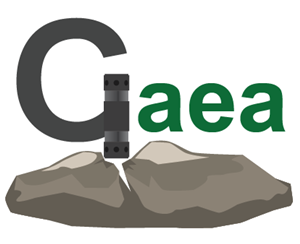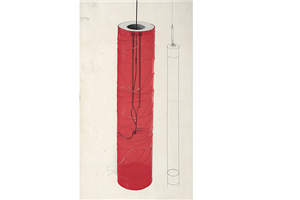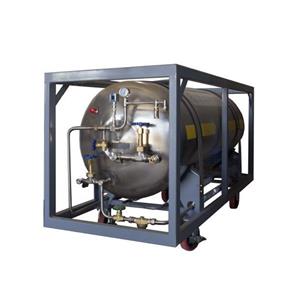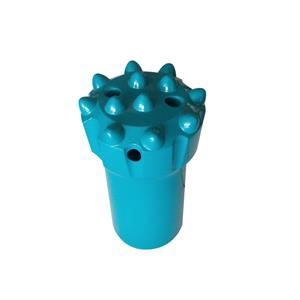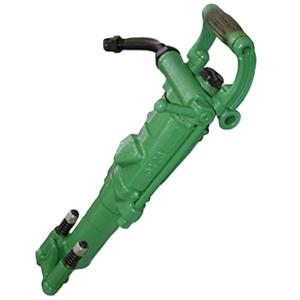Medium-Deep Hole and Shallow Mining Safety Operation Procedures
In accordance with the provisions of the "Mine Safety Law" and the "Production Safety Law" of the People's Republic of China, to improve working conditions, strengthen labor protection, implement the policy of "safety first, prevention foremost," and safeguard the physical health of employees, this industry. safety operation procedure is specially formulated based on the specific conditions of the company's mine construction over the past few years.
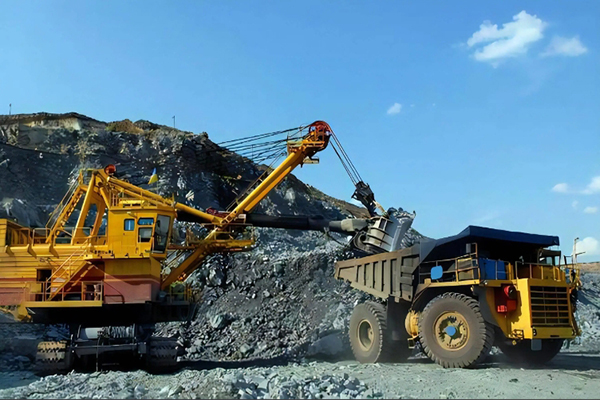
Rock Drilling
Article 1: The drilling machine and drill frame should be transported separately to the working face. They must be assembled in the order of base pry, air top, disc, pusher, and drill bit. After assembly, all components must be secure and reliable. The main air intake pipe and water pipe must be blown clean before connecting to the respective components to prevent mud and sand from entering the machinery.
Article 2: Carefully inspect whether the roof is stable to prevent loose rocks from injuring people, damaging the machine, or other equipment.
Article 3: Air pressure should be around 0.5 MPa, and water pressure should be between 0.4–0.6 MPa.
Article 4: Before each shift, the lubricator must be filled with oil to ensure good lubrication of all components during operation. Operation without oil is strictly prohibited.
Article 5: Carefully check if tools, protractors, lighting fixtures, and drawings are complete, and prepare sufficient drill bits.
Article 6: Carefully inspect all pipeline connections for looseness and hoses for cracks to ensure secure connections and prevent accidents caused by detachment.
Article 7: It is strictly prohibited to run the drill at full air pressure without load.
Article 8: If a fault is discovered during rock drilling, it should be repaired immediately. Operation with defects is not allowed. During repairs, the drill rod in the upper hole should be firmly secured from the bottom plate to prevent the drill rod from falling and injuring people.
Article 9: When loading or unloading drill rods, carefully check the drilling tools for damage. If damaged, replace them promptly.
Article 10: When disassembling or assembling drilling tools, avoid directly hammering components with a hammer. Use hardwood blocks as padding to prevent damage to the drill parts.
Article 11: Implement a strict shift handover system, diligently performing tasks such as tightening, checking, detailing, handing over, recording, and collecting.
Article 12: Strictly follow the design for construction, carefully fill out rock drilling records, regularly check changes in inclination, azimuth, and row spacing. If problems are found, contact technical personnel promptly.
Article 13: Diligently perform regular inspections and daily maintenance on equipment.
Charging
Article 14: The charging device (BQF-100 or similar) must be equipped with a pressure gauge on the pressure regulating valve to effectively control the charging working pressure, keeping it between 0.25–0.4 MPa. This prevents excessive pressure leading to overly fast charging speeds and increased static electricity effects.
Article 15: The working face humidity must be regularly tested. If it does not reach 85%, spray water for treatment.
Article 16: The charging device must be placed stably on the working face. Pour an appropriate amount of water near the charging device legs and add a small amount of table salt (NaCl) to ensure effective grounding of the charging device.
Article 17: Install a stray current tester on the working face to measure stray currents, ensuring they do not exceed 50 mA for safety.
Article 18: During the charging process, it is strictly prohibited to bring electric detonators into the working face.
Article 19: After charging is completed, inspect the working face and adjacent operation faces to confirm safety before organizing the blasting.
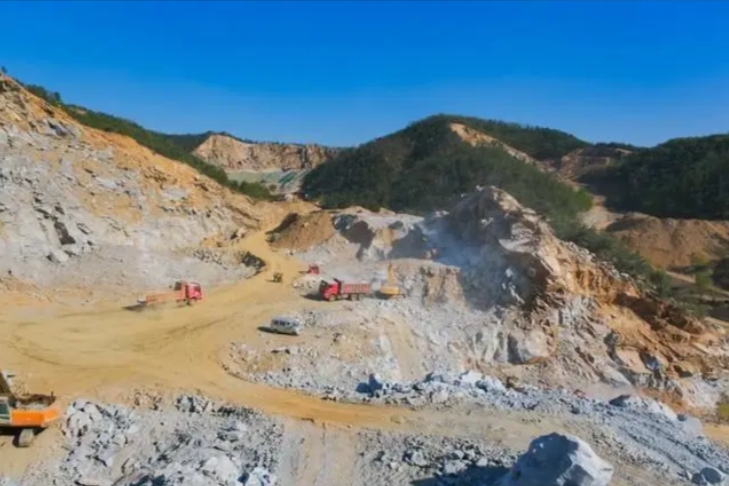
Blasting
Article 20: Based on mining needs, carefully prepare the blasting design, which can only be implemented after approval by the responsible supervisor and the safety department.
Article 21: Follow the blasting design requirements and charge in sequence. During operations, strictly comply with the following requirements:
(a) Explosives and other pyrotechnic materials must be collected by designated personnel and stored separately.
(b) Smoking and open flames are strictly prohibited at the operation site. Fire detonators must be carried in dedicated boxes by designated personnel.
(c) Strictly set up warning lines. Ignition can only proceed after confirming that warning measures are in place.
(d) Carefully secure electrical appliances and equipment within the warning area.
Article 22: After blasting, immediately turn on the fan to exhaust blast fumes and prevent poisoning from blast smoke.
Article 23: After blasting, carefully inspect the blasting site. If misfires are found, they must be handled promptly by designated personnel. No one is allowed to enter the blasting site until handled or properly resolved.
Shallow Mining Operation Safety Procedures
Strictly follow the design for construction, and ensure sufficient lighting. The shallow mining area must maintain at least two iodine-tungsten lamps for illumination, and the lighting wires must be kept intact without exposed parts.
After entering the working face, carefully clear loose rocks, spray mist to wash sides and walls, but water spraying on the roof of the shallow mining working face is prohibited. The working face must be equipped with long and short prying bars to promptly clear loose rock fragments from the sides.
During shallow mining (stope) extraction, ensure that personnel access connecting tunnels are unobstructed. Routes for personnel entry and exit in the mining area, as well as lighting at operation points, must be sufficient; ladders and platforms must be sturdy and reliable.
Shallow mining stopes must be equipped with explosive boxes and detonator boxes. When collecting blasting materials, use backpacks and detonator bags. After transporting blasting materials to the site, explosives and detonators must be stored separately, placed in boxes, and locked.
During partial ore drawing, upper and lower personnel must coordinate well, and operations are strictly prohibited within the ore drawing funnel receiving area. The ore chute mouth must have a grate screen and be equipped with a safety movable grate screen. When not raking ore, the well mouth must be closed.
The erection of personnel shaft platforms and ladders must strictly follow safety operation procedures, requiring sturdy installation.
On-site pipelines must be hung (or placed) neatly, without air leaks, water leaks, or electrical leaks. Equipment protective devices must be complete, and equipment must be cared for and used properly.
During extraction, do not damage ore pillars. Based on the stability of the rock layers, adopt corresponding support and preventive measures for the roof. The shallow mining range must strictly follow the design, and ore pillars designated for retention in the design cannot be damaged or overmined. The extraction sequence must strictly comply with design requirements.
Each shift must clear loose rock fragments from personnel access routes and operation points. Operations can only proceed after handling loose rock fragments. Shallow mined-out areas must have at least two safety exits, and personnel can only enter and exit through safety exits.
Operation personnel entering and exiting the mining area must follow designated routes. Resting, chatting, or horseplay in mined-out areas is strictly prohibited.
When the rake drift slope exceeds 30°, an anti-rolling stone device must be installed in front of the electric rake. When personnel access slopes exceed 30°, anti-slip devices must be installed. Personnel must probe the path when ascending or descending and be cautious of rolling stones injuring people.
The shallow mining area must ensure that the ventilation system and facilities are intact. Before each shift, strictly test CO concentration, and operations can only proceed if qualified.
During operations, observe roof changes at all times. If operation personnel notice unusual sounds, abnormal cracks, frequent rock falls, etc., in the mined-out area roof, personnel must evacuate promptly and report level by level to superiors.
If a large-area roof fall or signs of a large-area roof fall are discovered during operations, stop work immediately, evacuate the site, and report to superiors.
Electric rake ore extraction must strictly comply with the "Electric Rake Safety Operation Procedures." Large blocks must be broken down within the mining area. On steeper slopes, prevent rolling stones from injuring people.
The ore chute mouth must be equipped with a spray dust suppression device and grate screen to control dust and large blocks.
After extraction is completed, seal the mined-out area, and strictly prohibit personnel from entering the mined-out area.
